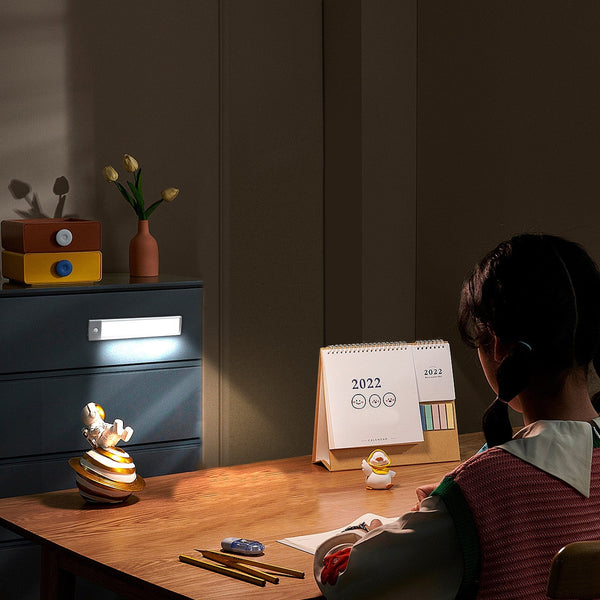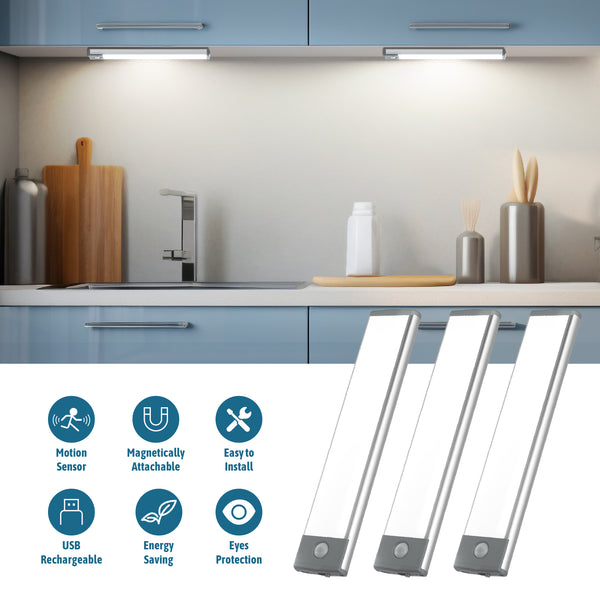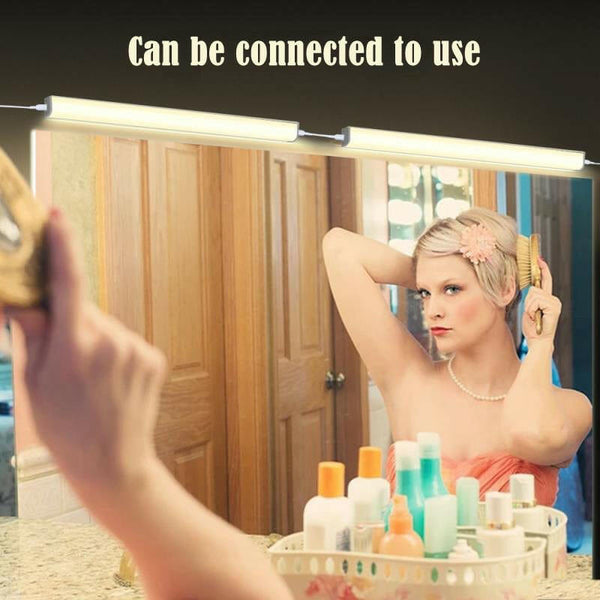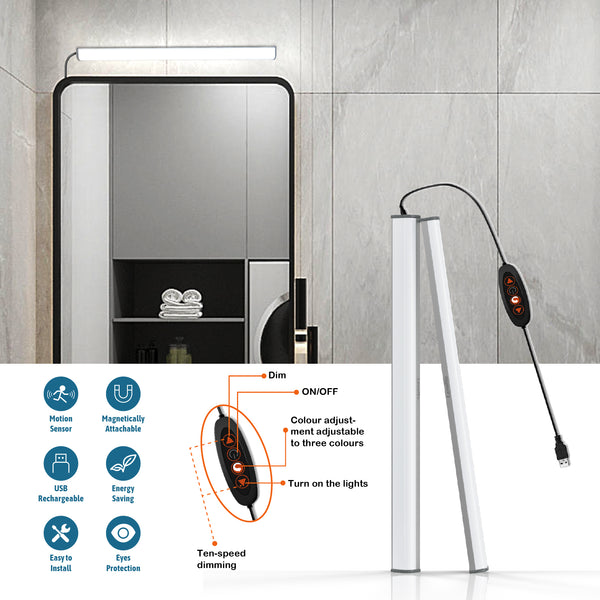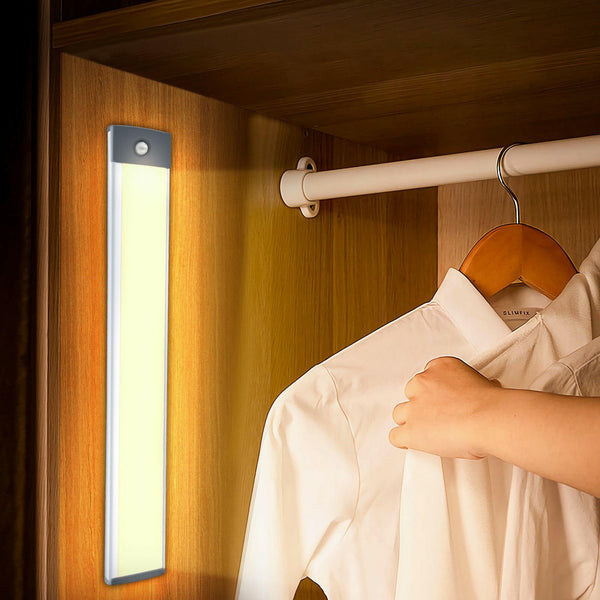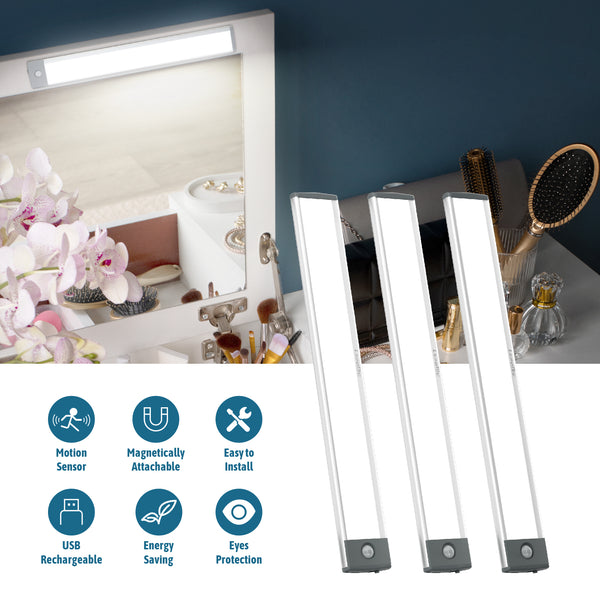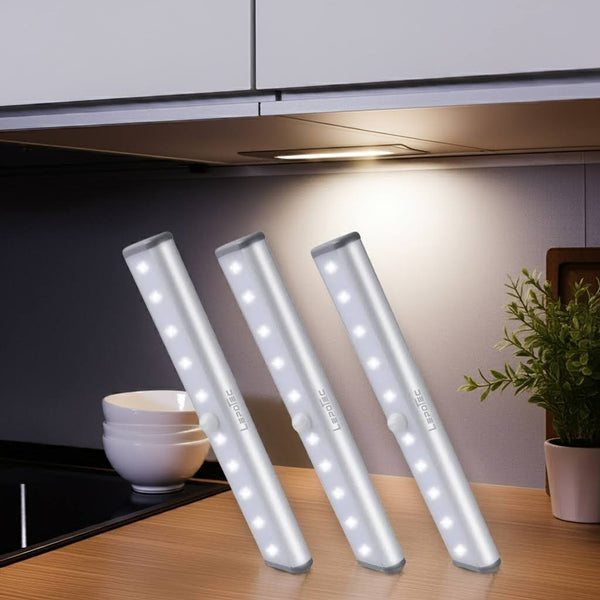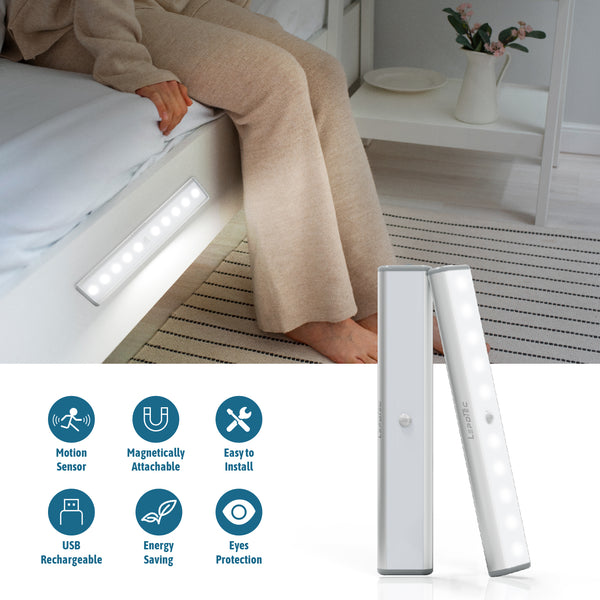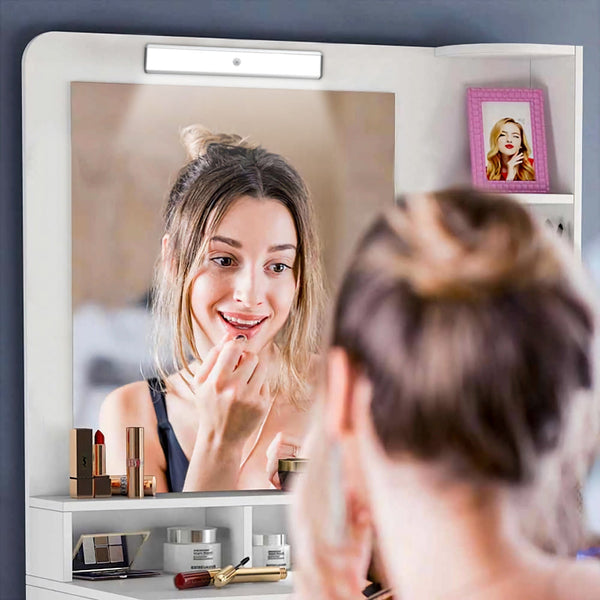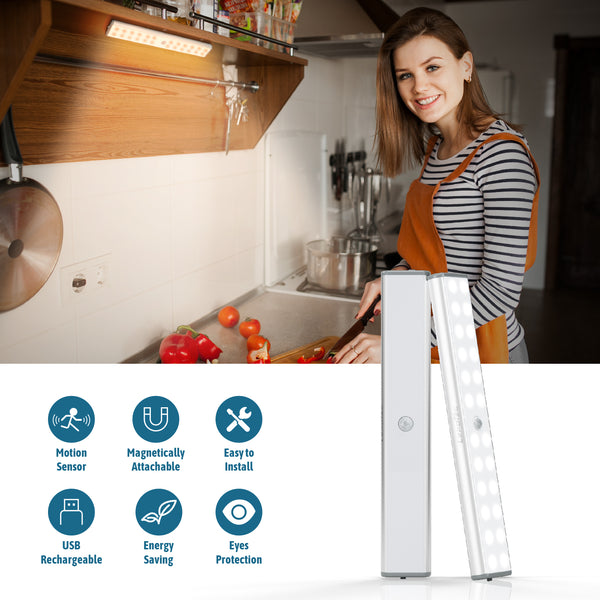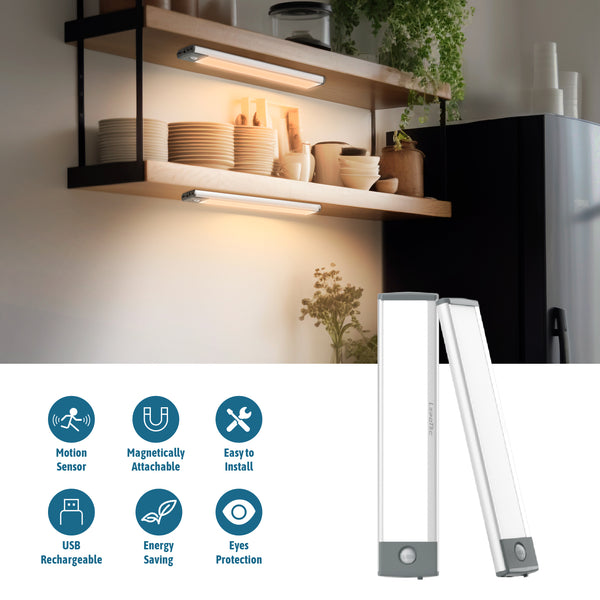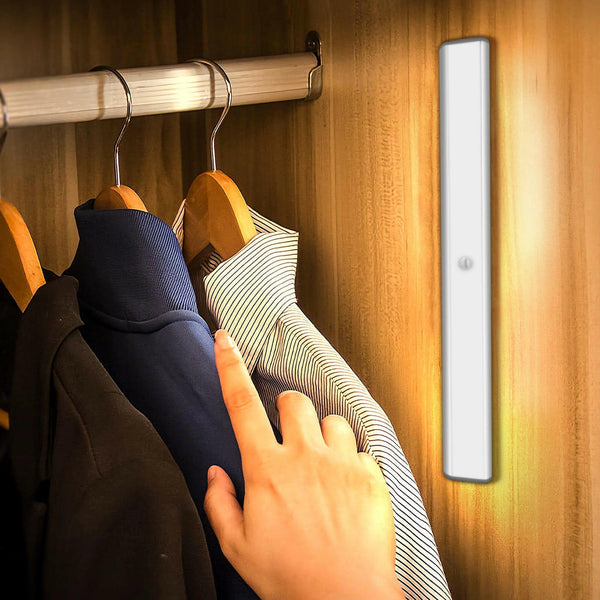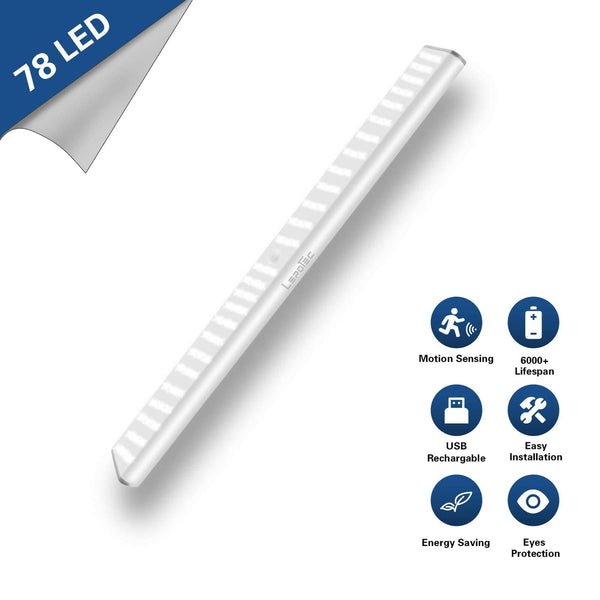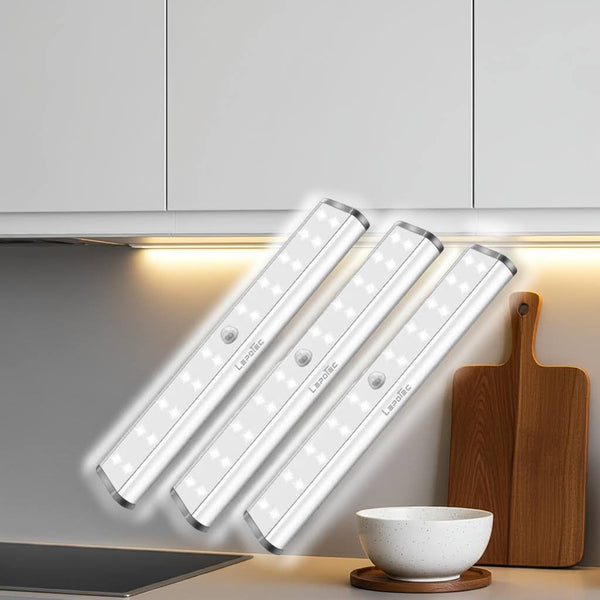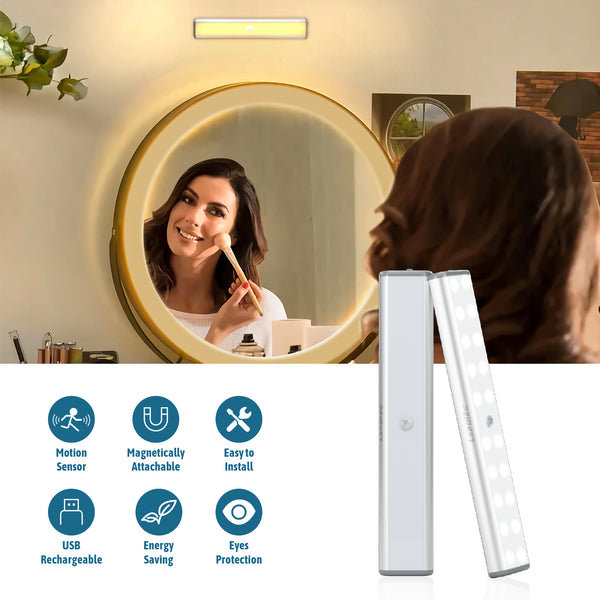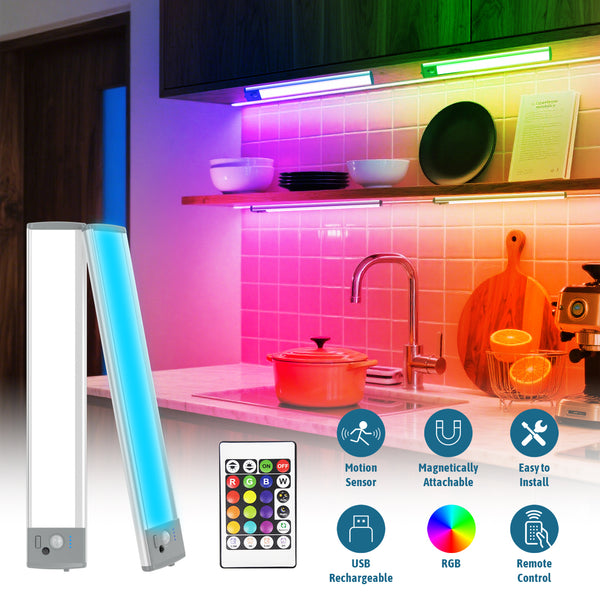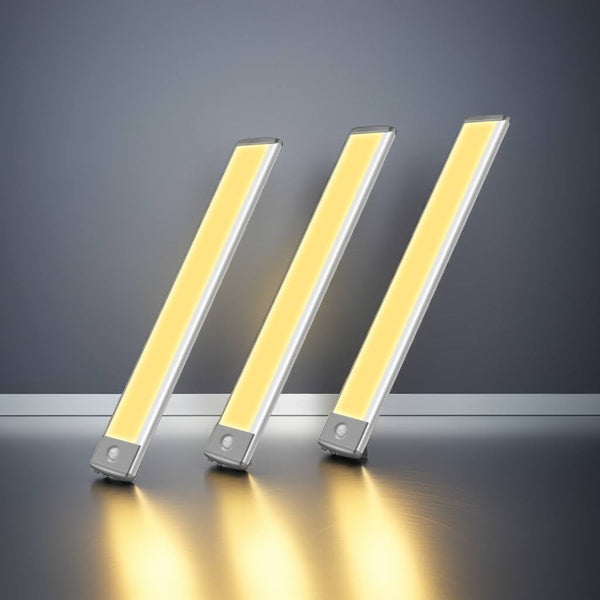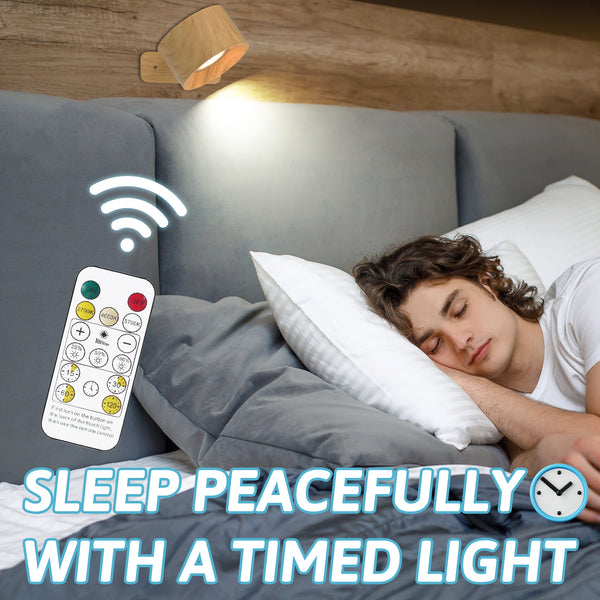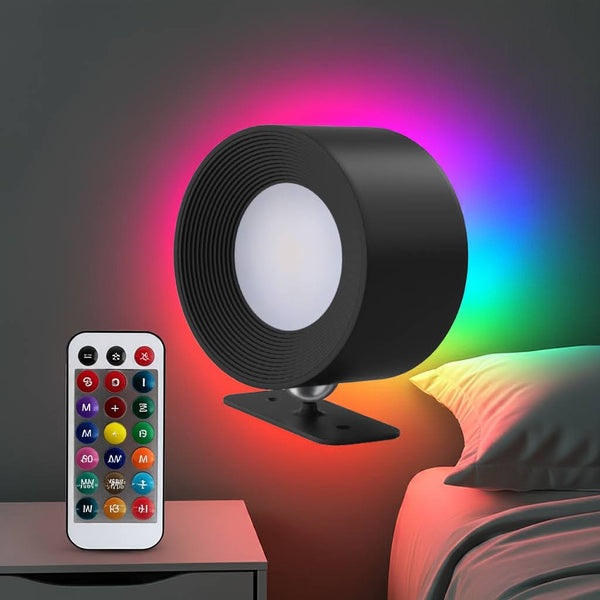Smart Lighting Solution: Human Motion Sensor Cabinet and Wardrobe Lights
1. Introduction
With the continuous development of smart home technology, human motion sensor cabinet and wardrobe lights have become increasingly popular among consumers. As a practical component of smart home systems, these lights integrate motion-sensing technology to automatically control illumination, providing users with greater convenience and enhancing the overall intelligence of home living.
2. Principle of Human Motion Sensing Technology
Human motion sensing technology primarily relies on infrared or microwave radar sensors to detect the presence and activity of a person. When someone enters the sensing range, the sensor captures changes in infrared radiation or microwave signals emitted by the human body, triggering the control circuit to turn the light on or off automatically.
-
Infrared Sensors:
These sensors detect the presence of a person by sensing the difference between body-emitted infrared radiation and ambient temperature, using the pyroelectric effect. Infrared sensors are known for high sensitivity and low power consumption. -
Microwave Radar Sensors:
These work by emitting microwave signals and receiving the reflected signals. Based on the Doppler effect, they detect human movement. Microwave sensors typically offer longer sensing ranges and stronger penetration capabilities.
3. Key Design Considerations for Cabinet and Wardrobe Lights
When designing human motion sensor cabinet and wardrobe lights, the following aspects should be taken into account:
-
Sensing Angle and Distance:
The sensing angle should be as wide as possible to cover the entire interior space of the cabinet or wardrobe. The sensing distance should be adjusted according to the specific use scenario to ensure accuracy and responsiveness. -
Light Source Selection:
LED lights are commonly used due to their high brightness, low power consumption, and long lifespan. Parameters like color temperature and brightness should be appropriately selected based on the usage environment. -
Power Management:
These lights should feature low-power designs to extend battery life. Options like USB charging or direct power connection can be used to ensure easy and reliable power supply. -
Installation and Maintenance:
The design should consider ease of installation, allowing users to easily mount and remove the lights. Additionally, the lights should have some level of waterproof and dustproof protection to adapt to the internal conditions of cabinets and wardrobes.
4. Application Scenarios and Advantages
Human motion sensor cabinet and wardrobe lights are widely used in homes, offices, hotels, and other settings. Key advantages include:
-
Automated Control:
No manual switching is required—the lights turn on or off automatically based on human activity, significantly improving convenience. -
Energy Efficiency:
Sensor-based control helps avoid unnecessary energy waste, reducing electricity consumption and supporting eco-friendly, low-carbon living. -
Improved Safety:
In dark or nighttime environments, these lights provide instant illumination, helping users avoid accidents when accessing stored items.
5. Conclusion
As an essential component of smart home systems, human motion sensor cabinet and wardrobe lights integrate advanced sensing technology to deliver convenient, safe, and energy-efficient lighting solutions. With continued advancements in technology, these products are expected to become more intelligent and user-friendly, creating a more comfortable and efficient living environment for users.


